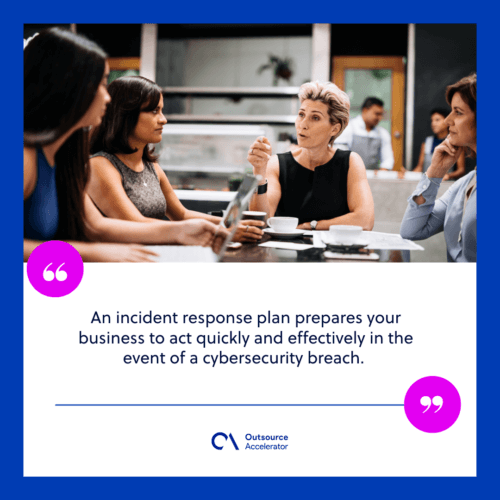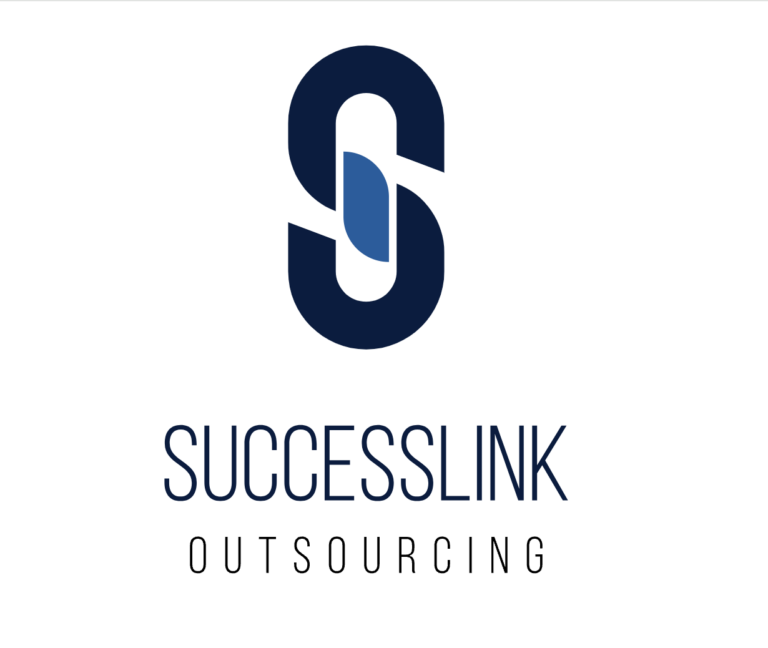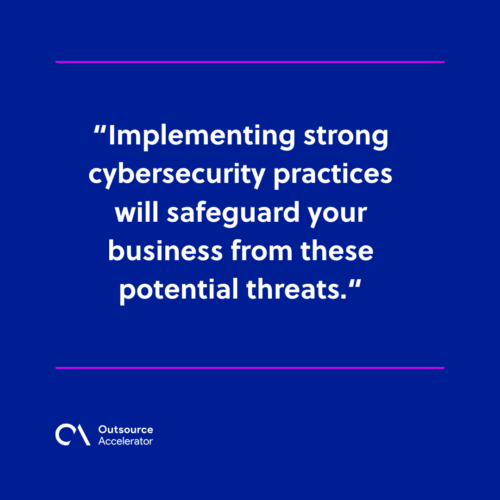Cybersecurity essentials for businesses: Protecting your digital assets

This article is a submission by SuccessLink Outsourcing. SuccessLink Outsourcing is a leading provider of customized outsourcing solutions, dedicated to refining business operations across diverse industries.
Businesses in the current digital era must contend with a constantly changing array of cyberthreats. From ransomware attacks and phishing scams to data breaches, the risks are widespread and constantly changing.
The increasing reliance on technology makes cybersecurity no longer a luxury but a necessity for businesses of all sizes.
If you’re a business owner or manager, understanding the essentials of cybersecurity is critical. Protecting your company’s digital assets, customer data, and financial information ensures long-term success, trust, and resilience.
This guide will break down key cybersecurity measures every business should implement to defend against cyber risks.
Why cybersecurity matters to businesses
The consequences of a cyberattack can be devastating. Beyond financial loss, businesses can suffer reputational damage, legal repercussions, and operational disruptions.
According to a recent study by IBM, the average cost of a data breach reached $4.45 million in 2023. Small and medium-sized enterprises (SMEs), in particular, are frequent targets because they often lack the robust cybersecurity systems that larger corporations have.
Cybercriminals take advantage of weaknesses in networks, systems, and human conduct. Without adequate protection, your digital assets—including proprietary information, customer data, and financial records—are at risk.
Implementing strong cybersecurity practices will safeguard your business from these potential threats.
Essential cybersecurity measures for businesses
1. Conduct a cybersecurity audit
The first step toward protecting your digital assets is understanding your vulnerabilities. A cybersecurity audit helps you identify weak points in your network, systems, and processes.
This includes:
- Assessing current security measures.
- Identifying risks to sensitive data.
- Analyzing access controls and user permissions.
By conducting regular audits, you can stay ahead of potential threats and ensure your cybersecurity measures remain effective.
2. Secure your networks
Network security is at the heart of any cybersecurity strategy. A compromised network can allow attackers to access sensitive information or install malware.
Here’s how to secure your business network:
- Use firewalls: Install and configure firewalls to act as the first line of defense.
- Enable encryption: Encrypt sensitive data to make it unreadable to unauthorized users.
- Secure wi-fi networks: Use strong passwords, hidden SSIDs, and WPA3 encryption for wireless networks.
- Monitor traffic: To identify odd activity, use network monitoring tools.
3. Implement strong password policies
One of the most frequent weaknesses that cybercriminals take advantage of is weak passwords.
Enforce strong password policies across your organization:
- Complicate your passwords by combining letters, numbers, and symbols.
- Take advantage of multi-factor authentication (MFA) to increase security.
- Encourage employees to change passwords regularly.
- Implement password management tools to store and generate secure passwords.
4. Educate your employees
One of the main reasons for cybersecurity breaches is human error. Employees unaware of potential risks can unknowingly click on malicious links or download infected files.
Regular cybersecurity training helps create a culture of awareness within your organization.
Topics to cover include:
- Identifying phishing emails.
- Safely using company devices.
- Recognizing suspicious activities.
- Observing recommended procedures for data handling and password security.
5. Update software and systems regularly
Cyberattacks often target outdated operating systems and software. Cybercriminals exploit known vulnerabilities in older versions of software to infiltrate systems.
Protect your business by:
- Enabling automatic updates for all systems and applications.
- Patching vulnerabilities as soon as updates become available.
- Updating antivirus and anti-malware programs regularly.
6. Backup critical data
Data loss can occur not just through cyberattacks but also due to hardware failures, natural disasters, or human error.
Implement a solid backup strategy to protect your critical data:
- Schedule regular automated backups.
- Store backups securely (consider cloud-based and offline storage).
- Periodically test backups to make sure data can be promptly restored.
With reliable backups, you can recover data and minimize downtime in the event of a breach or loss.
7. Limit access to sensitive information
Sensitive company information is not necessary for every employee. Implement a principle of least privilege (PoLP), ensuring that individuals only have access to the information required to perform their job.
- Use role-based access controls (RBAC) to manage permissions.
- Regularly review access logs and user activity.
- Remove access for terminated employees immediately.
8. Deploy endpoint security
Endpoint devices—such as laptops, smartphones, and tablets—are frequent entry points for cyberattacks.
Protect endpoints by:
- Installing endpoint security software, including antivirus and anti-malware.
- Enforcing device encryption for sensitive data.
- Using remote wipe features to erase data on lost or stolen devices.
- Implementing device management tools to monitor and control endpoints.
9. Adopt a comprehensive incident response plan
No system is 100% immune to cyber threats. An incident response plan prepares your business to act quickly and effectively in the event of a cybersecurity breach.
Key components include:
- Identifying key response team members.
- Establishing procedures for detecting, reporting, and containing incidents.
- Documenting steps for recovery and communication.
- Conducting post-incident reviews to improve future responses.

The role of cybersecurity in building customer trust
In addition to protecting your business, robust cybersecurity practices help build trust with customers. Consumers today are increasingly cautious about sharing their data online.
When your business demonstrates a strong commitment to cybersecurity, it reassures customers that their information is safe.
Certifications such as ISO 27001 or compliance with regulations like GDPR and HIPAA can further enhance your credibility. Protecting customer data is not just a legal obligation; it’s a competitive advantage.
Challenges businesses face in cybersecurity
While implementing cybersecurity measures is critical, businesses often face challenges such as:
- Budget constraints: Many SMEs struggle to allocate sufficient resources to cybersecurity.
- Skill gaps: A shortage of skilled IT professionals can make it difficult to implement and maintain effective security measures.
- Evolving threats: Cybercriminals constantly develop new tactics, making it challenging to stay ahead.
- Third-party risks: Vendors and third-party partners with weak security can pose indirect threats to your organization.
Partnering with experienced cybersecurity professionals can help address these challenges and ensure your business is adequately protected.
Taking action: Start protecting your digital assets
Cybersecurity is not optional—it’s an essential investment in the longevity and success of your business. By implementing the measures outlined above, you can significantly reduce your risk and protect what matters most.
If you’re unsure where to start or need expert guidance, consider partnering with professionals who can tailor cybersecurity solutions to your business’s unique needs.
Final thoughts
The digital landscape offers incredible opportunities for businesses, but it also brings significant risks.
Taking proactive steps to improve your cybersecurity posture is not just about avoiding disasters—it’s about creating a secure foundation for growth, innovation, and trust. Start today, because when it comes to cybersecurity, prevention is always better than cure.








 Independent
Independent




